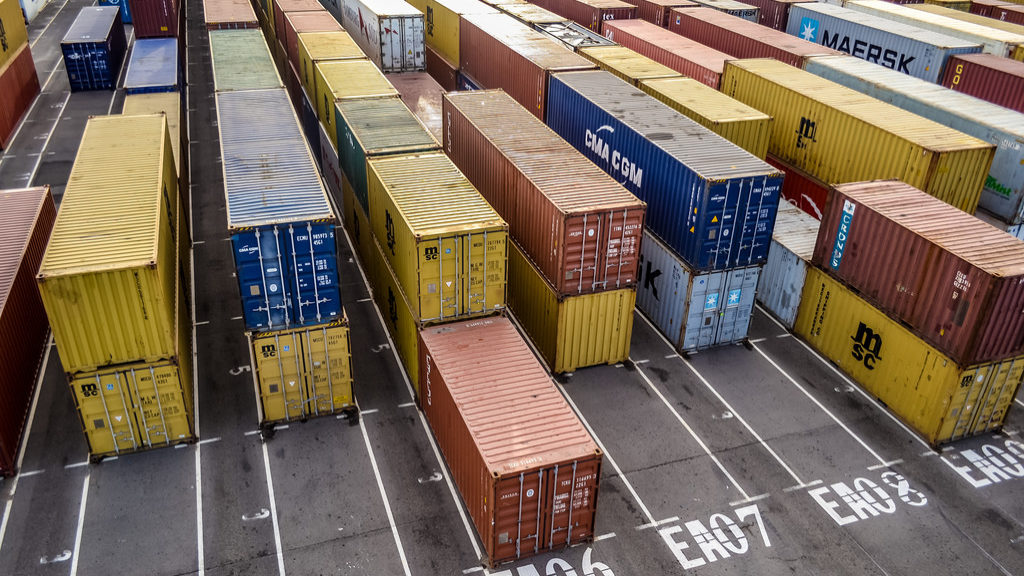Exporting companies are resisting the pandemic better
Compared to non-exporters, there are more companies with an export profile maintaining the operation, with smaller decreases in turnover.
Companies with an export profile are resisting the economic impact of the pandemic better compared to those who do not have that orientation. Not only have exporters been able to stay in business more, but decreases in turnover have been smaller. In addition, they made less use of lay-offs, according to the weekly survey of the National Statistics Institute (INE) and the Bank of Portugal (BdP), released this Tuesday, which monitors the impact of the virus on companies.
The results of the second survey, which covers the past week (April 20 and 24) and includes responses from 5,800 companies representing the business fabric, show that, overall, exporters have more favorable indicators compared to other companies, although they are also suffering significantly. Starting right from the percentage of exporters that continues to operate: 88% vs. 82% in companies without an export profile.
Although more exporters report a decrease in turnover (81% vs. 80%), in terms of size the reduction seen in exporters is lower than in other companies. It should also be noted that “The use of simplified layoff was reported by 47% of these enterprises (57% in enterprises without an exporting profile).”
The pandemic has also forced a smaller percentage of exporters to change or strengthen their distribution channels. Companies with an export profile are being constrained less by the restrictions of the state of emergency and more by supply chain problems compared to other companies, which should reflect the significant dependence of exporters on imports from other countries to produce their goods.
Although exporters make less use of layoff, a higher percentage of them reports staff cuts (62% vs. 58%). However, with turnover, the size of reductions is lower than for the rest of the companies.
Exporters have made greater use of credit (15%), the moratorium for the payment of interests and principal on existing credits (40%) and access to new credits with subsidised interest and State guarantees (47%).


